Three Recent 2015 Case Examples
The following brief case studies illustrate the variety in ages, conditions and histories of three individuals receiving Advanced SRA/SRT Treatment Protocols and their relatively universal response to this form of care. These cases also illustrate the primary reason for certification in SRA and SRT evidenced based procedures: predictable, dependable and reproducible outcomes.
Case 1 – The Runner
History
36 year old Female elite runner with 5.5 months of low back pain and right lower extremity radiculitis and #4 digit numbness due to a weight lifting injury.
Findings
- Grade II (25-50%) L5 anterior vertebral slippage on S1, degenerative disc changes and bulging at L3/L4 and L5/S1.
- SRA/SRT C1 right with secondary C6 left spondylogenic reflex syndromes.
Conventional Treatment
- Physiatrist-Steroidal injections at L5/S1 and right SI joint
- Good response until a running fall onto right thigh triggered full relapse.
- Physical Therapy – Manual manipulation
- Poor response with progressive aggravation of chief complaint.
- Total impairment from training runs and decision to terminate profession.
Response to SRA/SRT Protocols
- Return to running within one session.
- Return to full training by second session.
- Completed Colorado Imogene Pass Run first in her age group and her all-time best time for this race - pain free and symptom free.
- Still running and learning SRA TrueCore stabilization and SRA 5MinuteBack, strengthening programs, and planning her next marathon.
Case 2 – Male with Chronic Foot Pain
History
62 year old active male of normal weight and stature with over 3 years of intermittent, followed by recent severe, right severe tallo-calcaneal joint pain and restricted AROM aggravated by weight bearing and motion.
Findings
- FLIR infrared imaging revealed marginal joint line edema with mild visual periarticular fluid accumulation. Joint line and surrounding foot and leg region was extremely hyperalgesia.
- SRA/SRT C1 right with secondary C6 left spondylogenic reflex syndromes.
Conventional Treatment
- Self-medicated with ice and yoga stretch.
- Poor response with progression of chief complaint.
- Approximately 85% impairment in gate and load capacity.
Response to SRA/SRT Protocols
- “95% reduction in pain” and return to normal motion within 3 hours after treatment.
- Initial success in self-regulating relapse with SRA TrueCore spinal stabilization prescription.
- “I am amazed at the transformation of my foot,” he reported at one day out.
Case 3 - 93 Year Old Female with a Rotator Cuff Tear
History
93 year old active female of normal weight and stature who fell onto her right shoulder and head resulting in an ill-defined (per patient) tear in hear shoulder (rotator cuff) one year ago. Progressive restriction in all right shoulder AROM with increasing pain over the past year.
Findings
- FLIR infrared imaging did not reveal notable edema in the area of the injury.
- AROM was restricted to 70 degrees in abduction and extension with pain and complete inability to complete the tests. Left shoulder was WNL.
- SRA/SRT C3 right with secondary C4 left spondylogenic reflex syndromes.
Conventional Treatment
- Medical evaluation and MRI.
- Mild positive response to physical therapy in the initial period following the injury.
Response to SRA/SRT Protocols
- Increased AROM from 70 degrees to 90 degrees with notably less pain in both abduction and extension within the first session and increased to 100 degrees the following day.
- States she feels like she is “63 years old,” she reported at one day out.
Discussion
Each case clearly demonstrates the possibilities for exceptional outcomes in a very short period of time with SRA/SRT Protocols. None of the cases are resolved without continued supportive care while implementing SRA/SRT long term mitigation strategies.
Subscribe & Share
About The Author
Dr. Frank Jarrell is the leading expert on spondylogenic reflex syndromes and is the founder and developer of Spondylogenic Reflex Analysis (also known as Spinal Reflex Analysis) and Spinal Reflex Therapy. Learn more about Dr. Jarrell.





The following 3 brief case studies illustrate the variety in ages, conditions and histories of three individuals receiving Advanced SRA/SRT Treatment Protocols and their relatively universal response to this form of care. These cases also illustrate the primary reason for certification in SRA and SRT evidenced based procedures: predictable, dependable and reproducible outcomes.